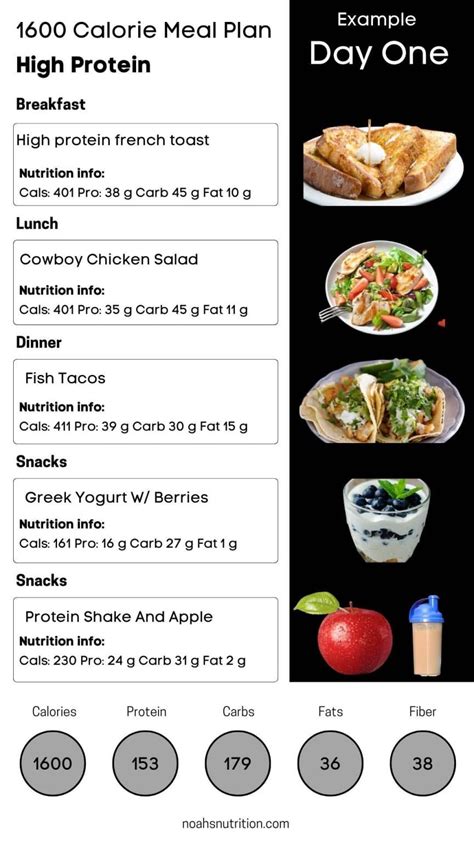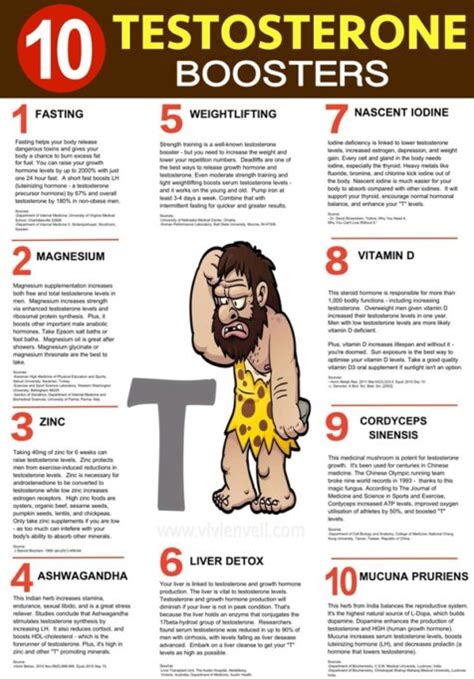What macro ratio optimizes men’s peak performance, muscle growth & fat loss?

For men dedicated to achieving peak physical performance, significant muscle growth, and efficient fat loss, understanding and optimizing macronutrient ratios is paramount. While the concept of a ‘perfect’ macro ratio can seem elusive, the truth is that optimal ratios are dynamic and depend heavily on individual goals, activity levels, and metabolism. This article will break down the roles of protein, carbohydrates, and fats, and provide actionable insights into tailoring your intake for superior results.

Understanding Macronutrients: The Building Blocks of Your Body
Macronutrients—protein, carbohydrates, and fats—are the nutrients your body needs in large amounts for energy, growth, and repair. Each plays a distinct yet interconnected role in your physiological processes.
Protein: The Muscle Builder and Satiety Sustainer
Protein is critical for muscle repair and growth, especially after intense training. It also plays a vital role in enzyme and hormone production, immune function, and can significantly contribute to satiety, which is beneficial for fat loss. High-quality protein sources include lean meats, poultry, fish, eggs, dairy, and plant-based options like legumes and tofu.
Carbohydrates: The Primary Energy Source
Carbohydrates are your body’s preferred fuel source, especially during high-intensity exercise. They are stored as glycogen in muscles and the liver, providing readily available energy for workouts and daily activities. Complex carbohydrates (whole grains, vegetables, fruits) offer sustained energy and fiber, while simple carbohydrates (sugars) provide quick energy but should be consumed strategically, such as post-workout.

Fats: Hormonal Health and Vitality
Dietary fats are essential for hormone production (including testosterone, crucial for men), nutrient absorption (fat-soluble vitamins A, D, E, K), insulation, and organ protection. Healthy fats, found in avocados, nuts, seeds, olive oil, and fatty fish, are vital for overall health and can also contribute to satiety.
The “Optimal” Ratio: A Dynamic Approach
There isn’t a single, universal macro ratio that optimizes all goals simultaneously. Instead, the optimal ratio shifts based on whether your primary focus is muscle gain, fat loss, or peak athletic performance. Remember, these are starting points, and individual responses can vary.
For Muscle Growth (Bulking)
When the goal is to build muscle, a caloric surplus is necessary, supported by adequate protein and carbohydrates to fuel training and recovery. A common range for bulking is:
- Protein: 25-35% of total calories (1.6-2.2 grams per kg of body weight)
- Carbohydrates: 45-55% of total calories
- Fats: 20-30% of total calories
This ratio ensures ample energy for intense workouts and provides the necessary building blocks for muscle repair and growth.

For Fat Loss (Cutting)
To lose fat, a caloric deficit is required. Higher protein intake is often recommended to preserve muscle mass during a deficit and enhance satiety. Carbohydrates are managed to provide energy for workouts without excess, and fats remain crucial for hormonal health.
- Protein: 30-40% of total calories (2.0-2.7 grams per kg of body weight)
- Carbohydrates: 30-40% of total calories
- Fats: 20-30% of total calories
This approach helps maintain muscle while encouraging the body to tap into fat stores for energy.
For Peak Performance & Maintenance
For men focusing on sustained high performance and maintaining their current physique, a balanced approach that supports energy levels and recovery is key. The ratio will depend on the intensity and volume of activity.
- Protein: 20-30% of total calories (1.4-2.0 grams per kg of body weight)
- Carbohydrates: 40-50% of total calories
- Fats: 25-35% of total calories
This provides sufficient energy for training, adequate protein for recovery, and healthy fats for overall well-being.

Key Factors Influencing Your Macro Ratio
- Activity Level: More intense and frequent exercise demands more carbohydrates for fuel.
- Body Composition Goals: Muscle gain, fat loss, or maintenance each have unique requirements.
- Individual Metabolism: Some individuals may thrive on higher carbs, others on higher fats.
- Food Preferences: Your ability to stick to a plan is crucial, so choose foods you enjoy that fit your macros.
Putting It Into Practice: Tracking and Adjusting
To effectively implement a macro-based nutrition plan:
- Calculate Your Total Daily Energy Expenditure (TDEE): Use an online calculator as a starting point, then adjust for your goal (add 300-500 calories for bulking, subtract 300-500 for cutting).
- Allocate Macros: Based on your TDEE and chosen ratio, calculate grams for protein, carbs, and fats. (Protein and carbs have 4 calories/gram, fats have 9 calories/gram).
- Track Your Intake: Use a food tracking app to monitor your daily macros.
- Monitor Progress and Adjust: Pay attention to changes in body weight, energy levels, strength, and recovery. If you’re not seeing results after 2-4 weeks, adjust your caloric intake or macro ratios slightly.

Conclusion: Consistency and Customization Are Key
Optimizing macronutrient ratios for men’s peak performance, muscle growth, and fat loss is a journey of understanding and consistent application. While general guidelines exist, the most effective approach is to start with a recommended ratio based on your goals, diligently track your intake and progress, and be prepared to make informed adjustments. Prioritize whole, nutrient-dense foods, stay adequately hydrated, and remember that consistency is always the most crucial ingredient for long-term success.









